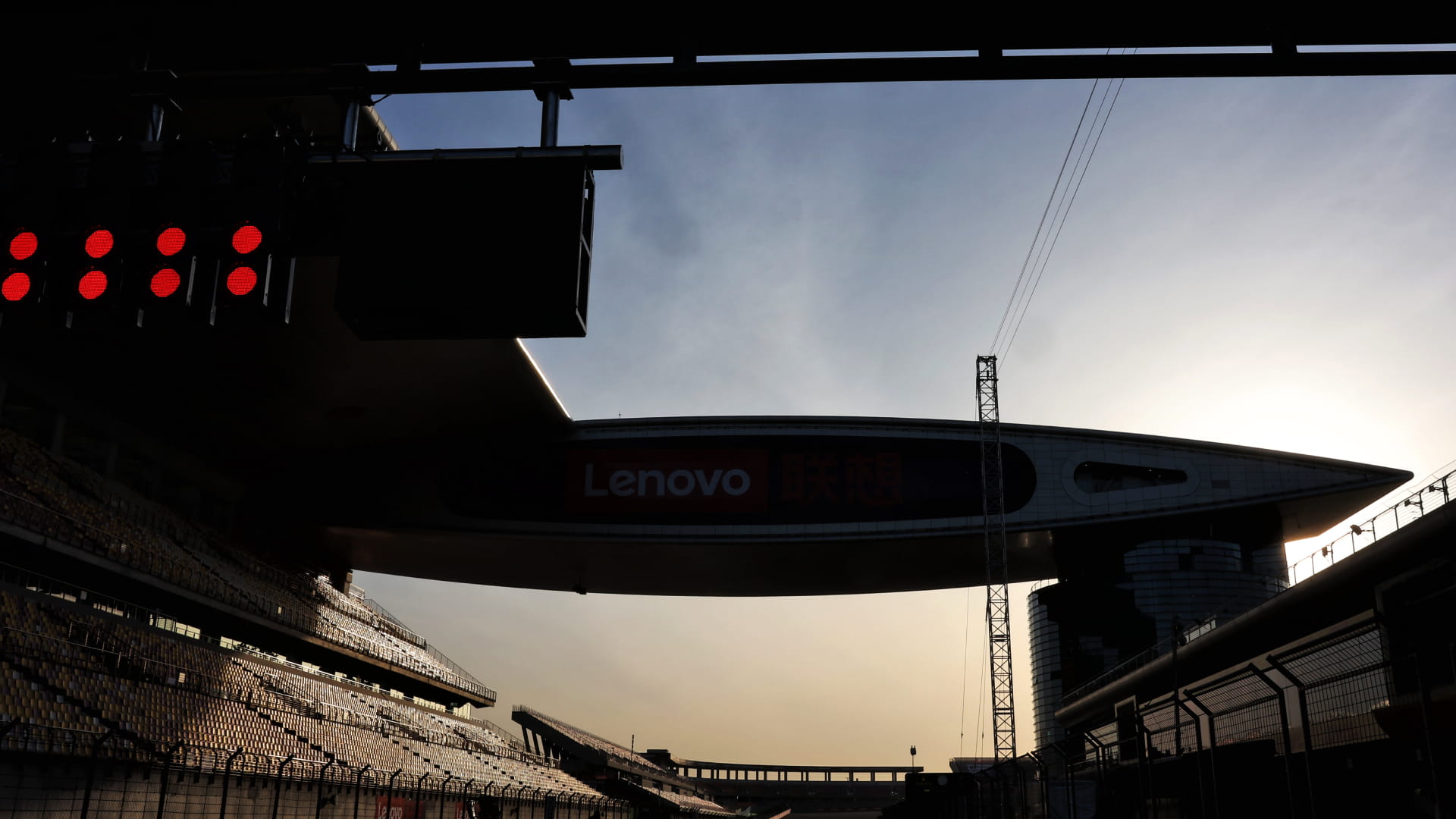Event
Technical images from the 2025 Australian Grand Prix in Melbourne explained
by Samarth Kanal
3min read

Teams declared few relevant upgrades for the 2025 Australian Grand Prix in Melbourne but there were plenty of technical photographs to sift through at Albert Park Circuit.

Sign up for a weekly newsletter and we'll make sure you're fully up-to-date in the world of race technology
McLaren turned heads with its new brake duct layout while Sauber brought a new front wing to the track and other details of the 2025 F1 cars continued to attract intrigue in the paddock ahead of the first race of the 2025 F1 season.
Scroll down to see our pick of the best technical images from Melbourne.
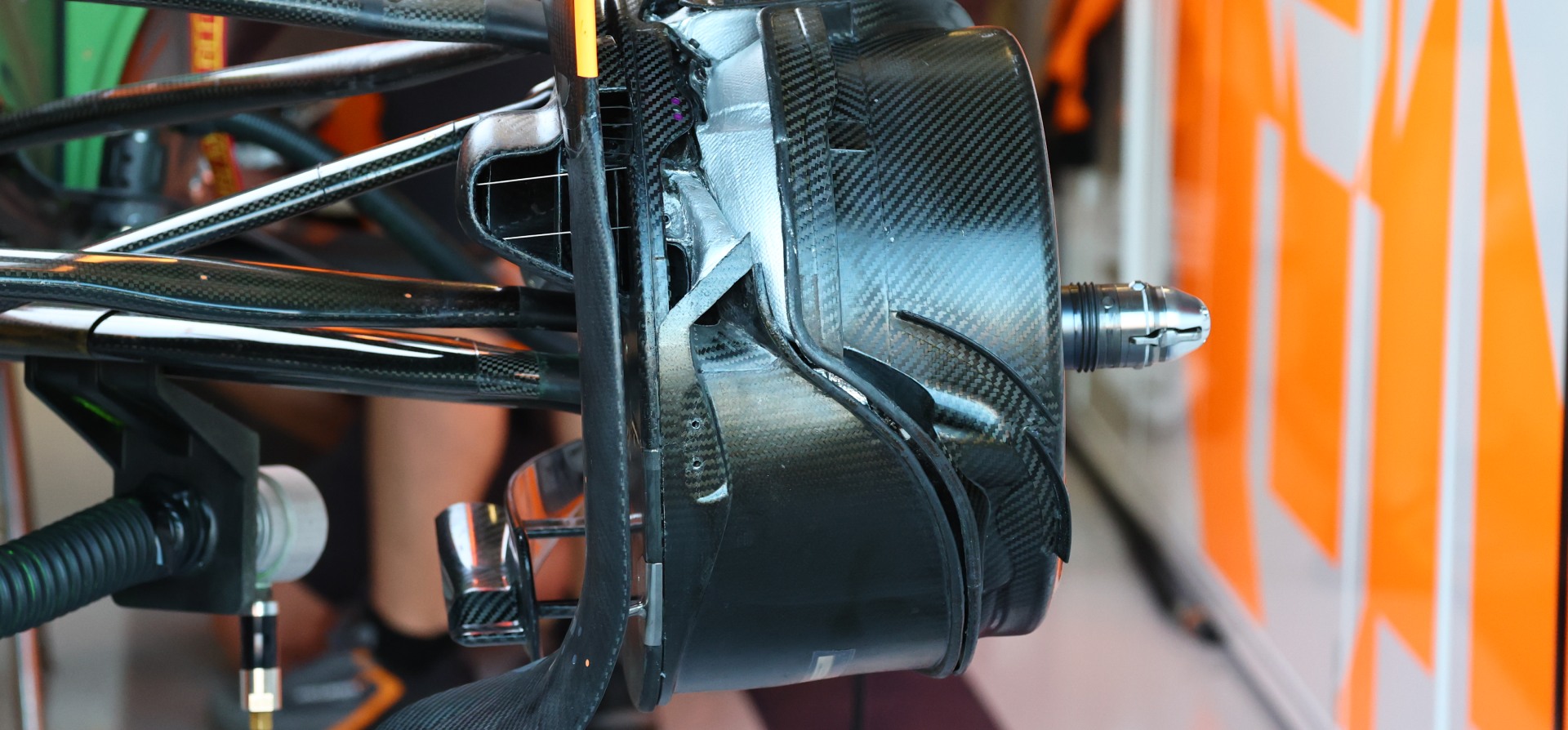
.jpg?cx=0.5&cy=0.5)
Event
F1 circuits guide: The Formula 1 engineer’s take on the 2025 Australian Grand Prix in Melbourne
In the Albert Park paddock, the McLaren MCL39 sported an intriguing brake duct design that looks to be channelling airflow from the inside to the outside. This could help with cooling or be part of a wider effort to manipulate airflow from the inside to the outside of the car.
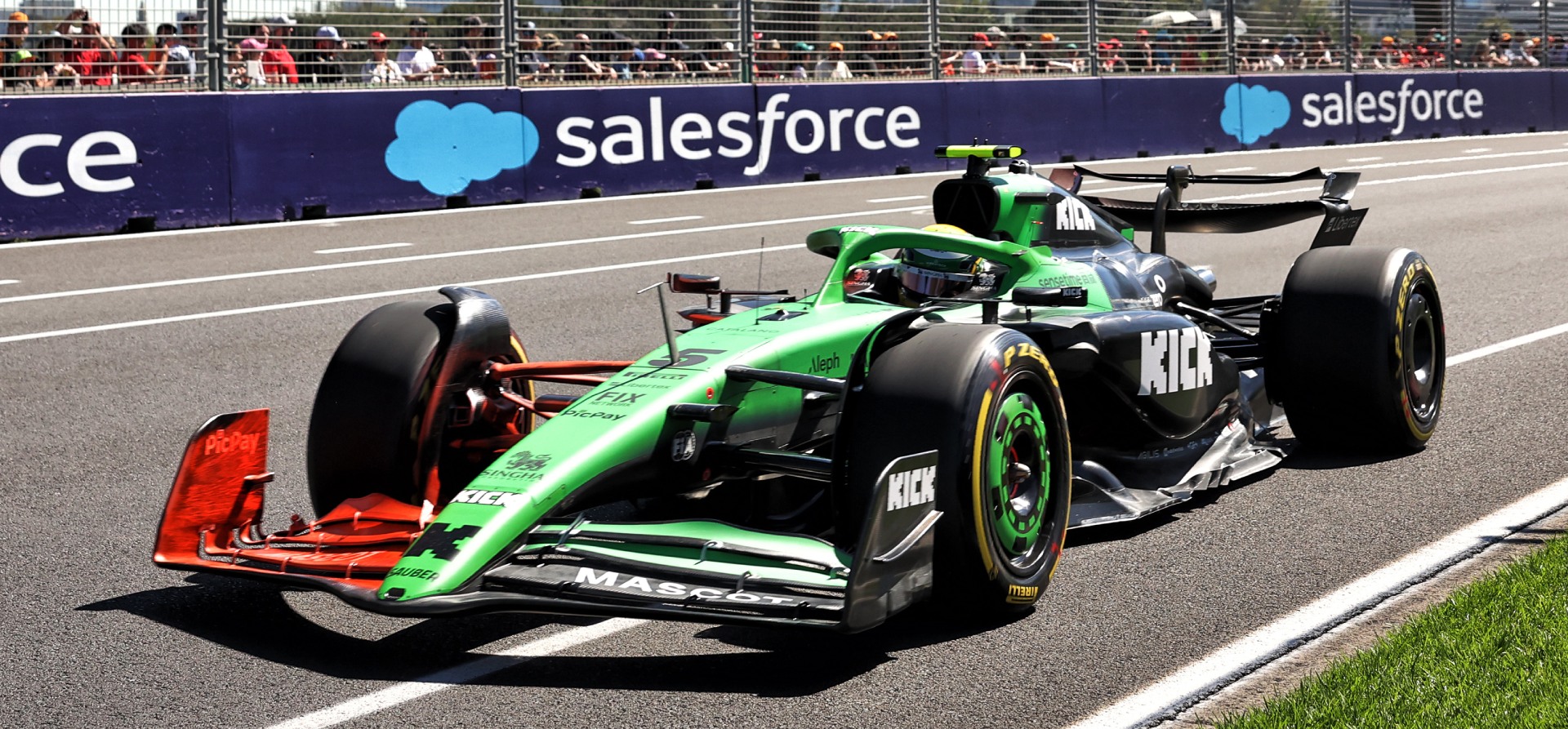
Sauber brought a significant upgrade package to Australia with a new front wing that was being tested using red flow-vis paint during practice. The sidepods were also subtly reshaped.
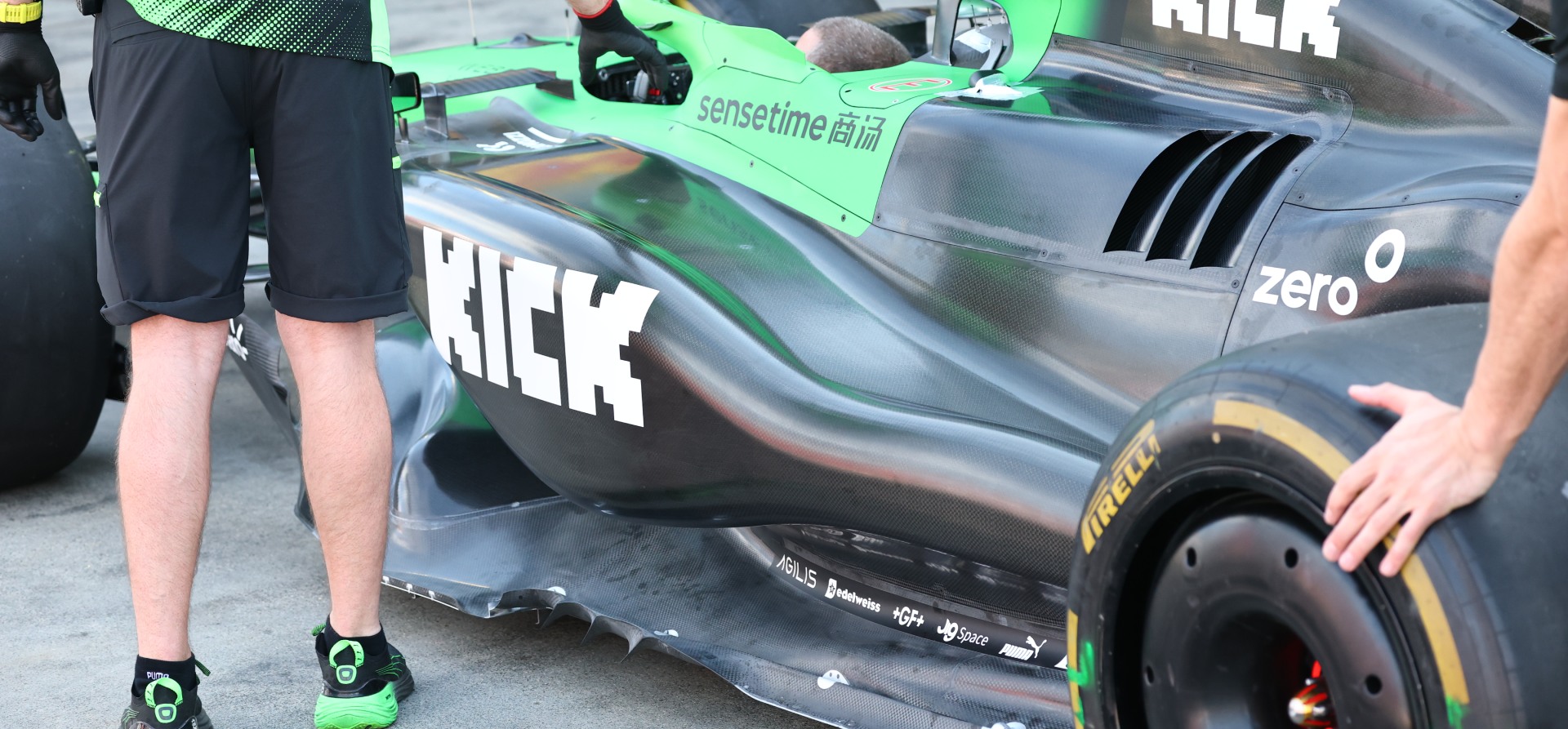
A closer look at the Sauber C45’s sidepods, floor detail and cooling outlets. Technical director James Key said that much of the changes brought to Australia lie under the surface, and that Sauber was “on the limit” in producing parts for the Melbourne opener.
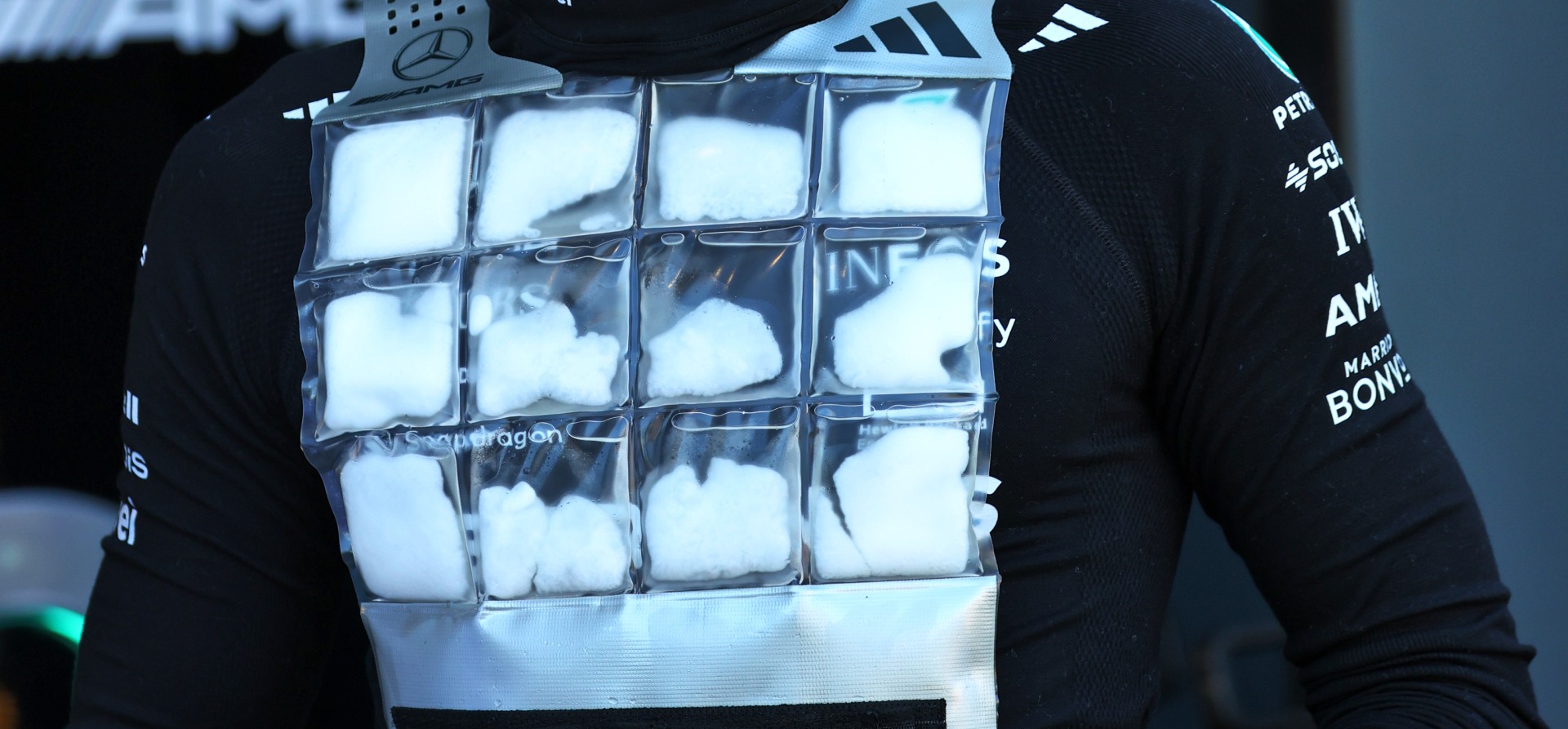
George Russell wearing a passive cooling vest filled with pockets of ice. The lead-up to the 2025 Australian Grand Prix was searingly hot but temperatures cooled on Sunday as it rained heavily, causing the preceding F2 feature race to be cancelled.
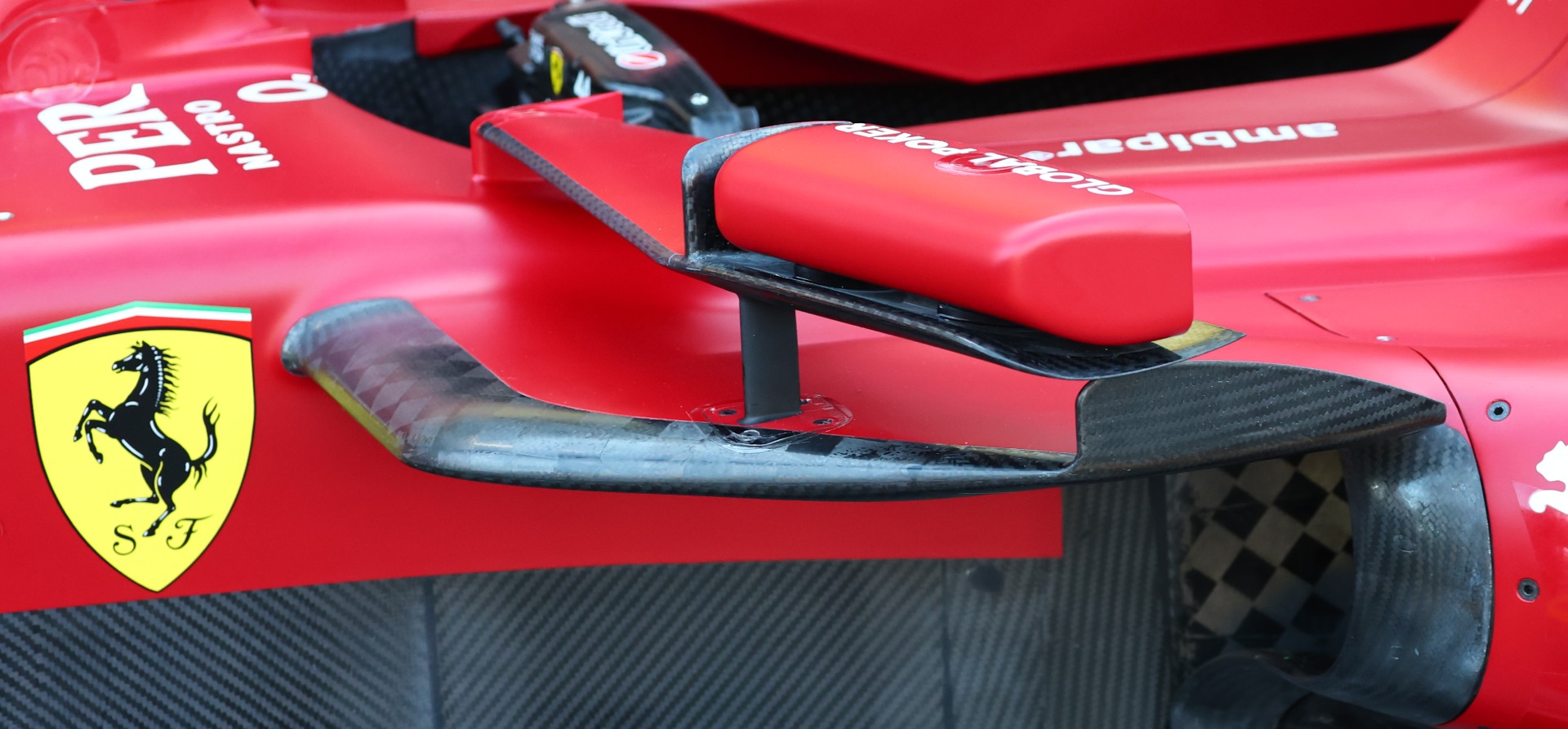
Detail showing vanes above the Ferrari SF-25’s sidepods and an intricately shaped wing mirror. Ex-Mercedes driver Lewis Hamilton admitted that he was still learning to change his driving style to suit the intricacies of the Ferrari.

A focus on the thin, shark-fin inlets of the Racing Bulls Formula 1 car. These inlets supply air to the car’s radiators, cooling down the engine, before the air is channelled back out and above the car to the rear wing.
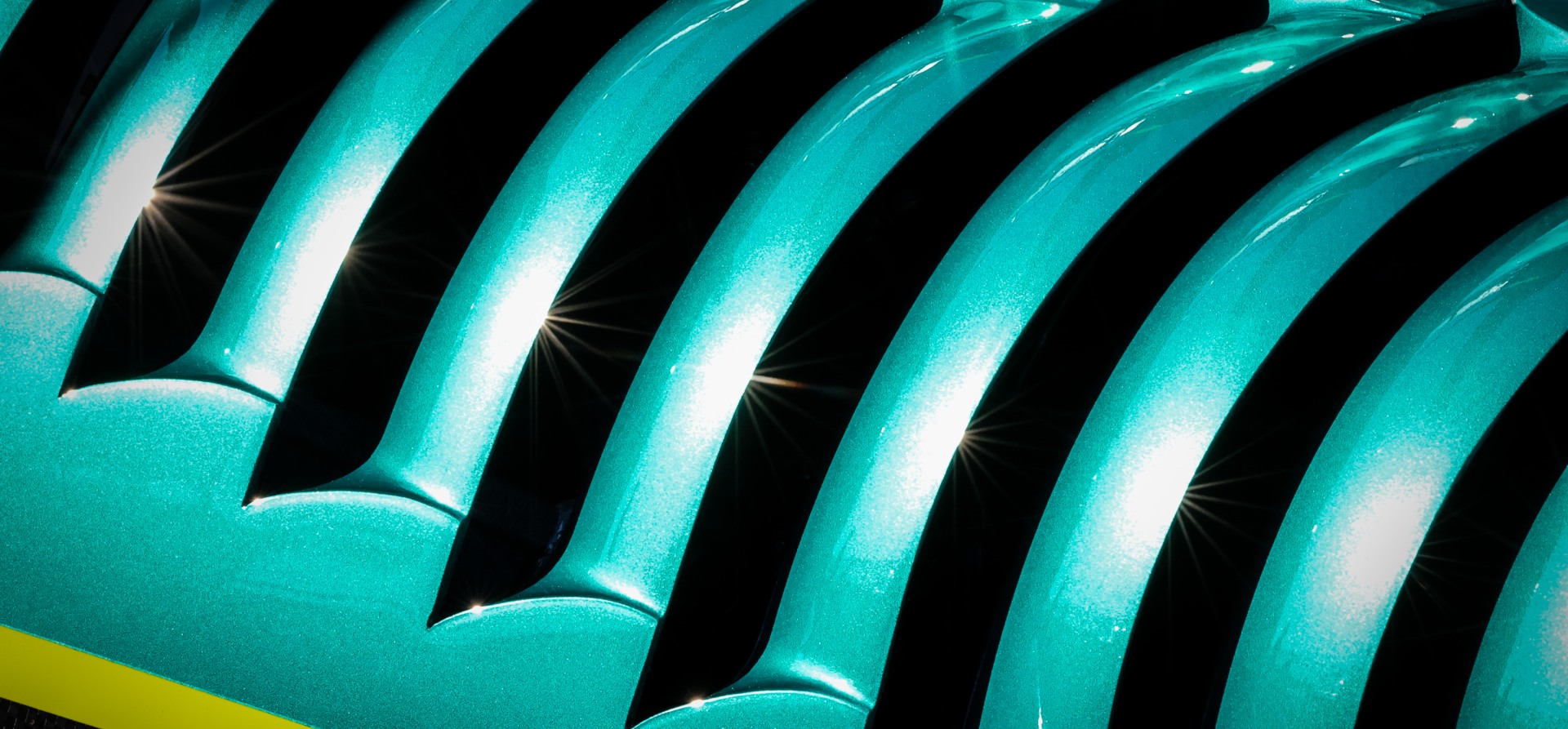
Cooling vents on the Aston Martin AMR25 that direct hot air rearwards and over the rear of the car, enhancing downforce downstream.

Ferrari’s cooling vanes differ in design to those on the Aston Martin. This photograph shows how large the rear-most opening on the SF-25’s engine cover is.

Suspension fairings on the Mercedes W16. These parts are generally shaped like airfoils to produce a small amount of local downforce but send air downstream. The upper suspension wishbone is located very high on the car.
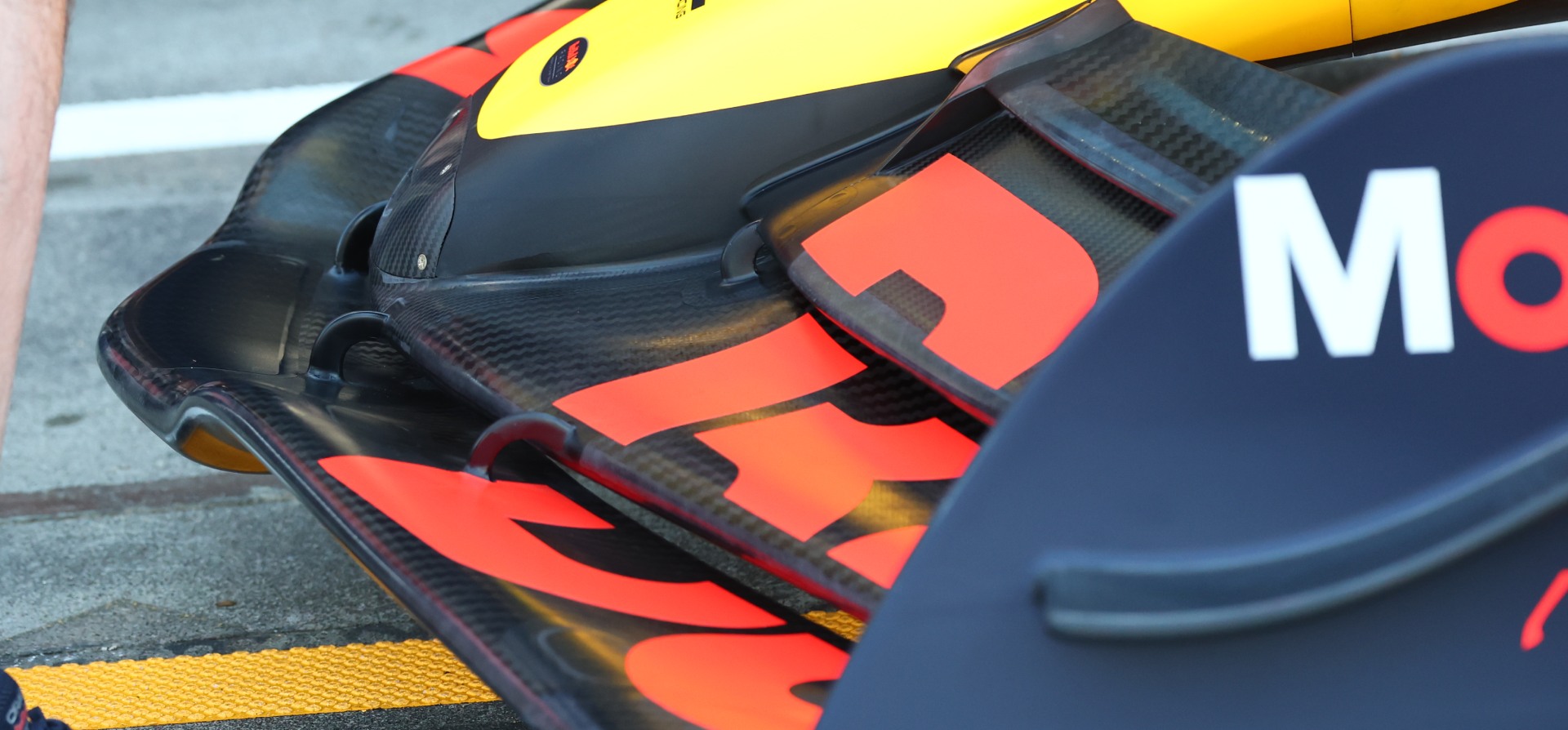
A close-up photograph of the Red Bull RB21’s front wing in Melbourne, featuring a gap between the nose and mainplane. This design trades local downforce for enhanced ground effect by channelling more air to the bottom of the car.
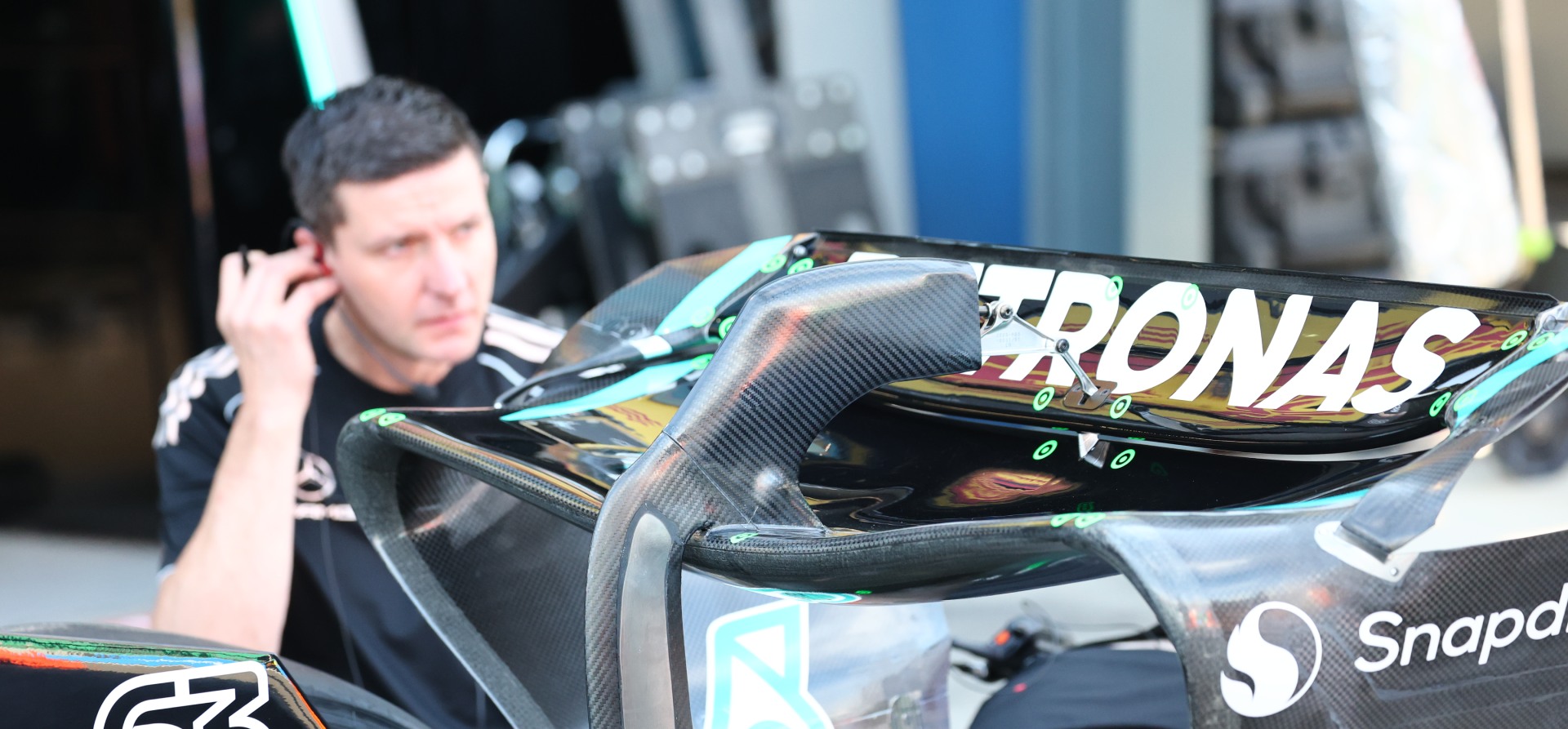
Detail on the Mercedes W16 rear wing. The car has just one DRS activator (while some teams still use two). The green dots on the rear wing are used by the FIA to monitor how much the wing flexes at high speed, and whether that flexibility falls within the regulations.
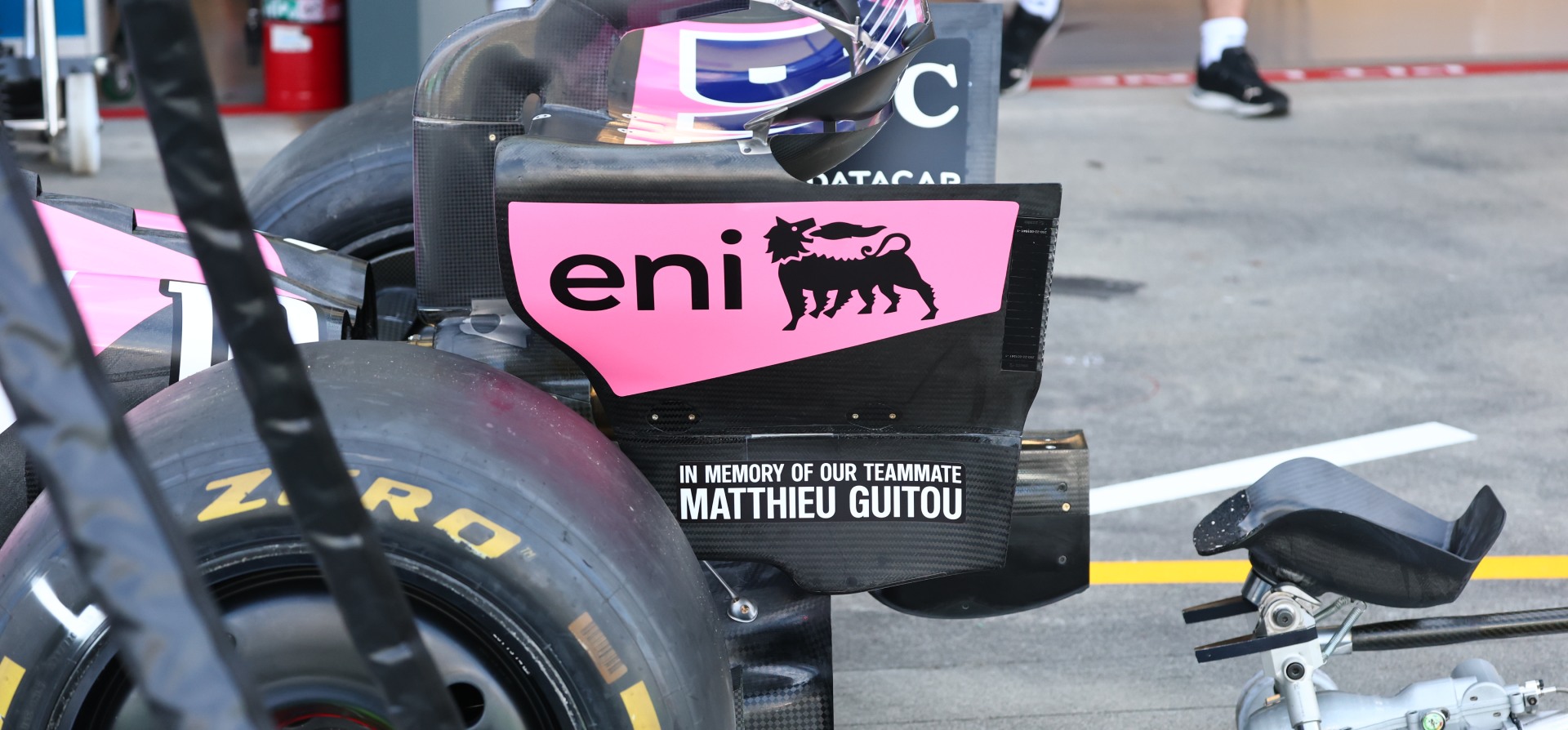
In Melbourne, Alpine’s rear wing carried a message to a late team member, Matthieu Guitou.
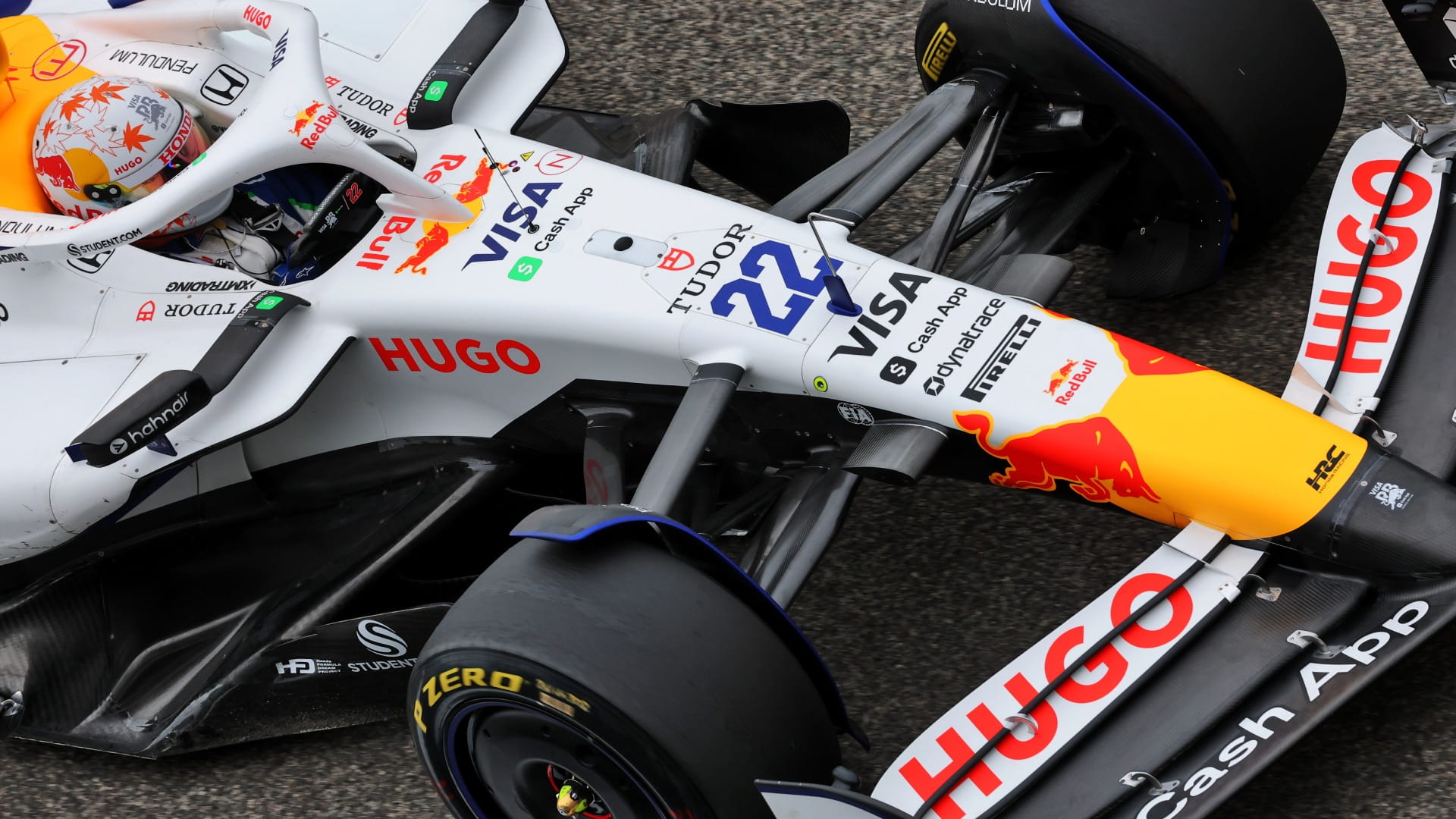
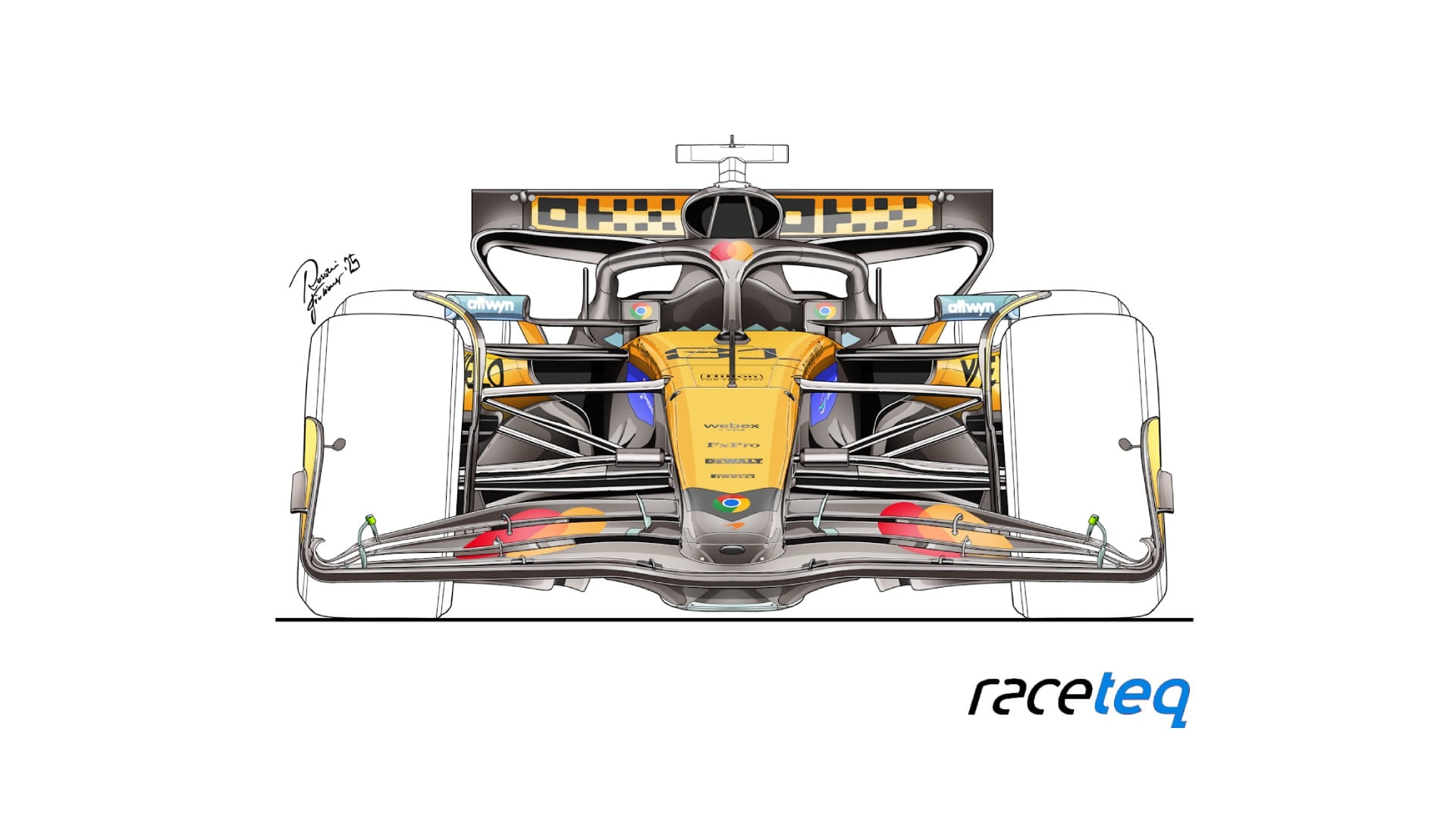

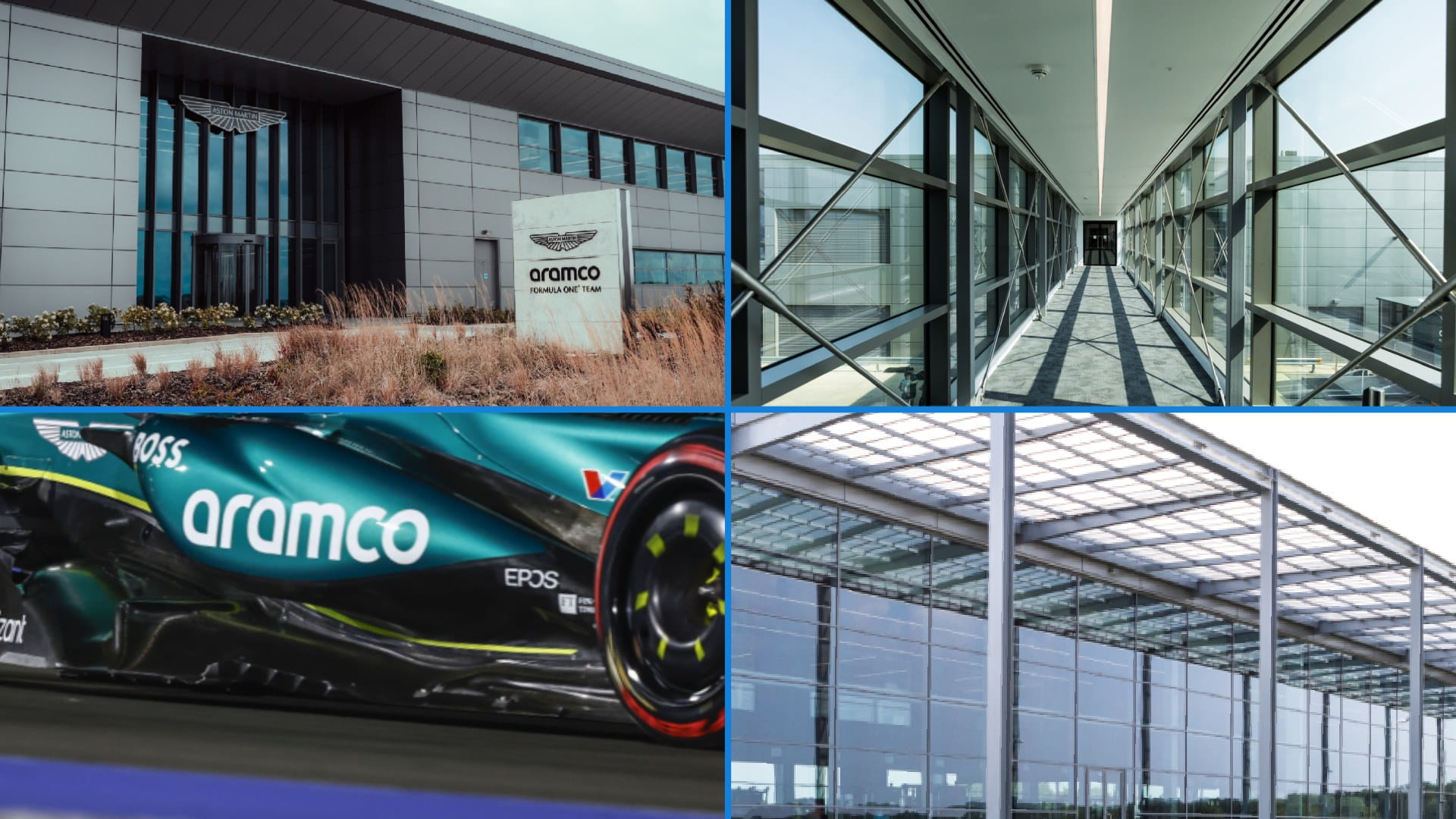
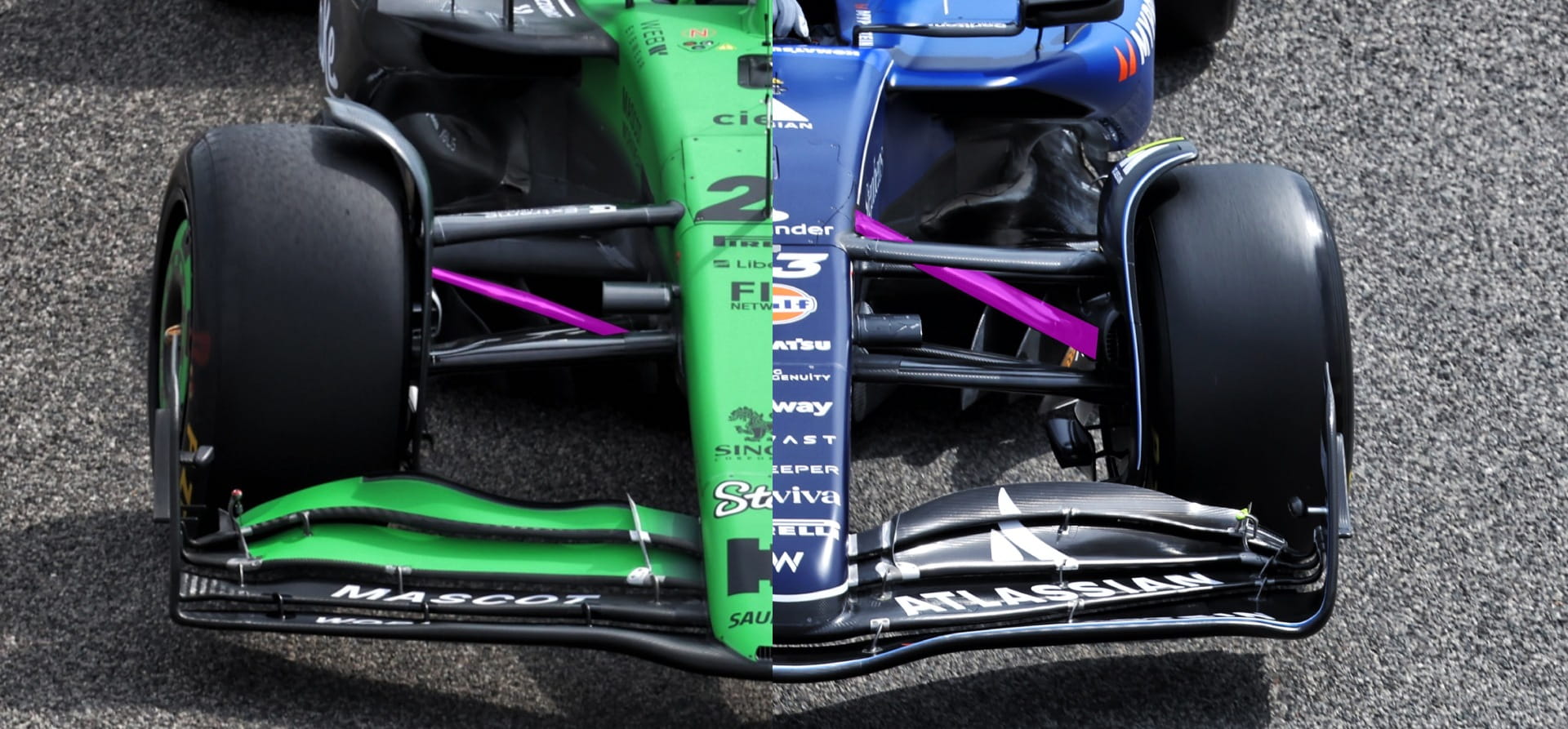
.jpg?cx=0.5&cy=0.5)
